Welcome to the Jomon world of Hakodate!
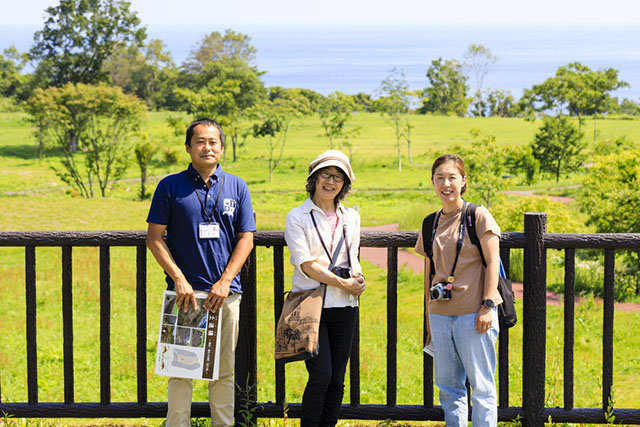
The Jomon period began 15,000 years ago and continued for over 10,000 years in Japan. People at that time used cord-marked potteries and stone tools for hunting. Many Jomon sites remain in Hakodate, and various artifacts have been discovered.
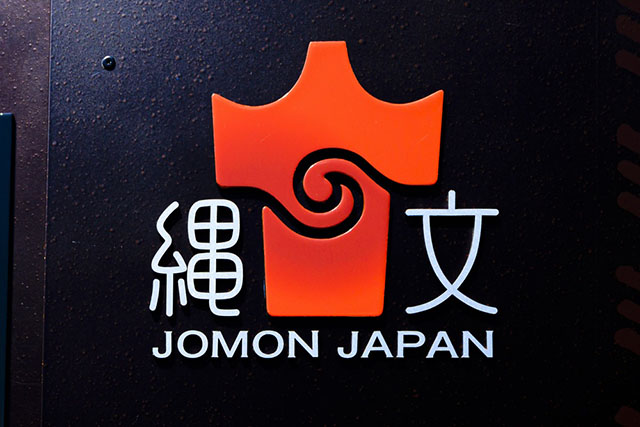
The 17 Jomon archaeological sites in Northern Japan, including Hokkaido, Aomori, Iwate, and Akita prefectures, were registered as a UNESCO World Heritage Site in July of 2021.
Of these 17 archaeological sites, the Kakinoshima and Ofuna sites are located in Hakodate city. We introduce you to these two sites and the museum that exhibits the only national treasure in Hokkaido.
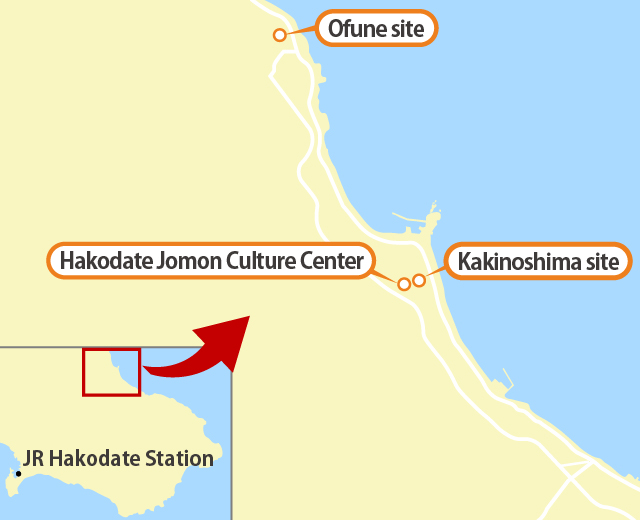
The two sites and a museum are located in Minamikayabe, which is about a 60-minute drive from central Hakodate. Jomon culture flourished for about 7,000 years in this rich natural environment surrounded by the sea and mountains.
1. Kakinoshima site
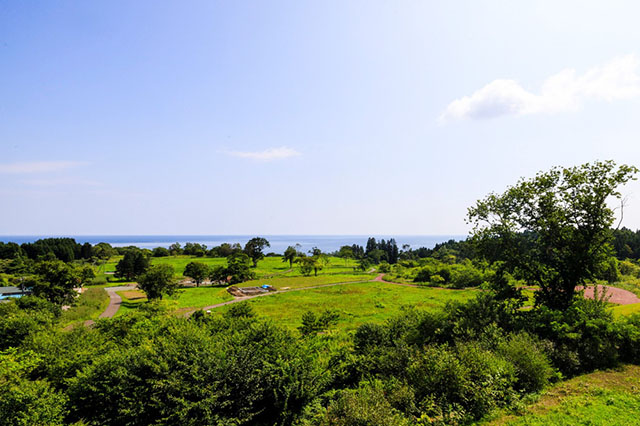
The Kakinoshima site is located next to the Hakodate Jomon Culture Center, which is displaying a national treasure. It is a very valuable site with the remains of a long-term settlement - a settlement from about 9,000 to 3,000 years ago.
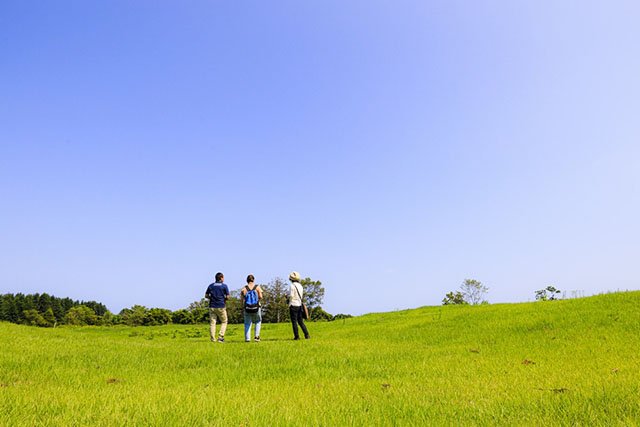
The most distinctive feature of this site is the U-shaped earthwork mound, which is one of the largest mounds in Japan with a length of 190 m and a width of 120 m. Pit graves have been found in the mound in addition to earthenware and stone tools. A small hill at the center is like a baseball mound and is considered to have been used as a place for rituals.
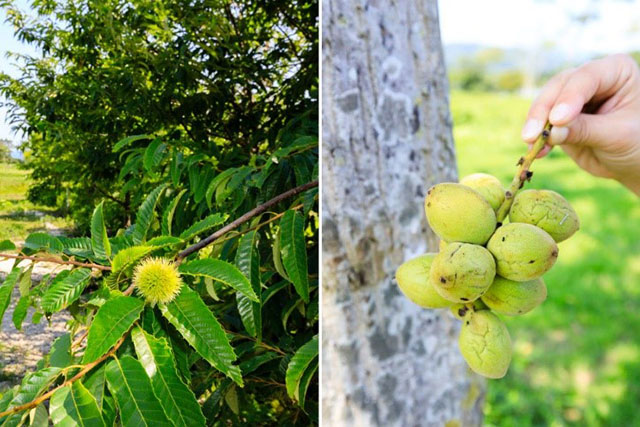
Chestnut and walnut trees can be found inside the site. Nuts from such trees were valuable food for people in the Jomon period.
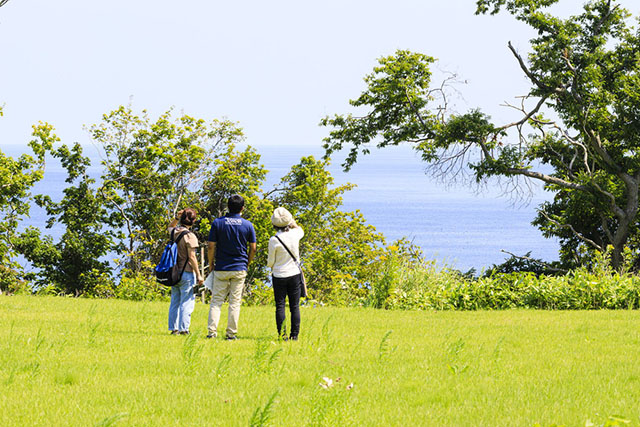
The sea and a river is located near the site. It is known that Jomon people used fishing hooks, harpoons, and nets to catch and eat salmon, tuna, fur seals and other fish and animals.
2. Ofune site
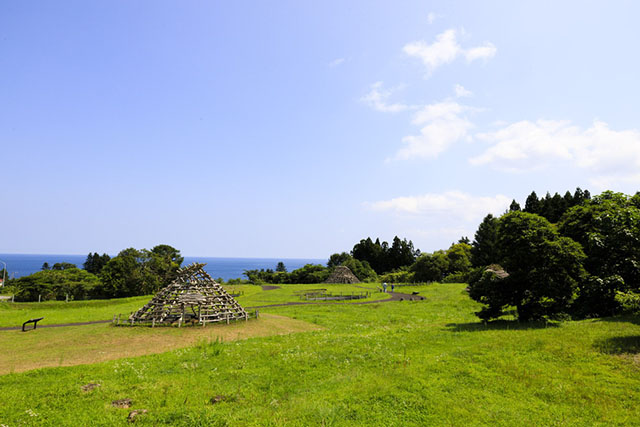
The Ofune site's location is about a 10-minute drive from the Kakinoshima site. It is about 5,500-4,000 years old, and many remains of dwellings have been found.
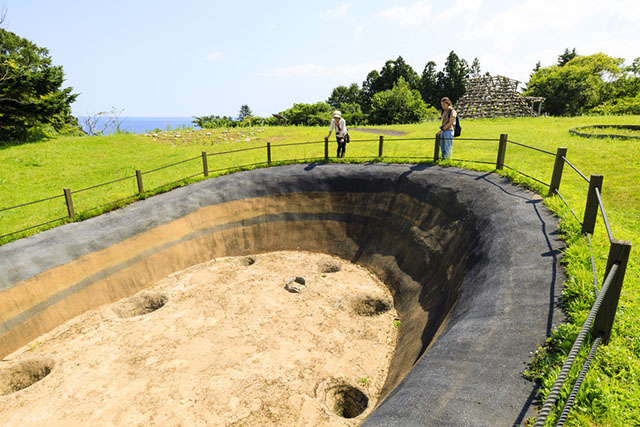
The characteristic of the Ofune site is the remains of large dwellings. Some of the larger ones have a diameter of more than 10m and a depth of more than 2m. In addition, the remains of dwellings from different periods were found to overlap each other indicating that stable settlements existed for a long period of time.
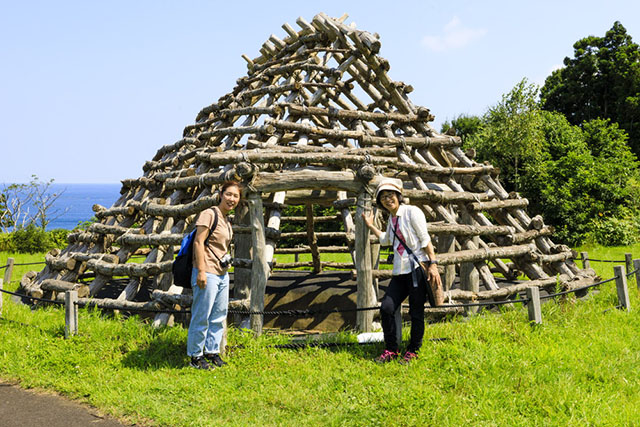
These dwellings are called pit dwellings constructed with thick pillars, a roof and a floor created by digging holes in the ground.
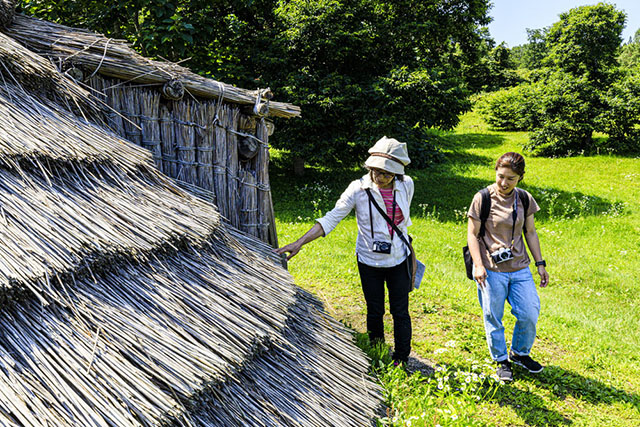
This is a restored pit dwelling. The roof and walls are covered with plants. It is not easily affected by outside temperatures due to its semi-underground structure, so people could spend cool summers and warm winters.
Note: You cannot go inside these pit dwellings.
3. Hakodate Jomon Culture Center
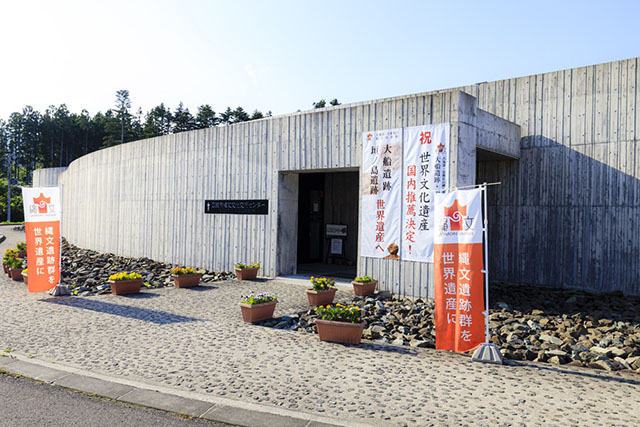
Precious artifacts unearthed from sites in Hakodate city are on exhibit, including the must-see hollow clay figurine, the first and only national treasure in Hokkaido.
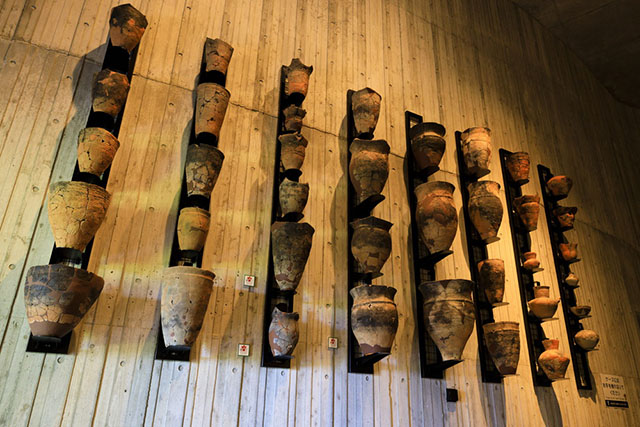
Potteries made in the Jomon period
Jomon people used such potteries to cook with. Older ones have simple desingns with seashell impressions and cord-mark patterns on them, but more artistic decorations can be seen as the times progressed.
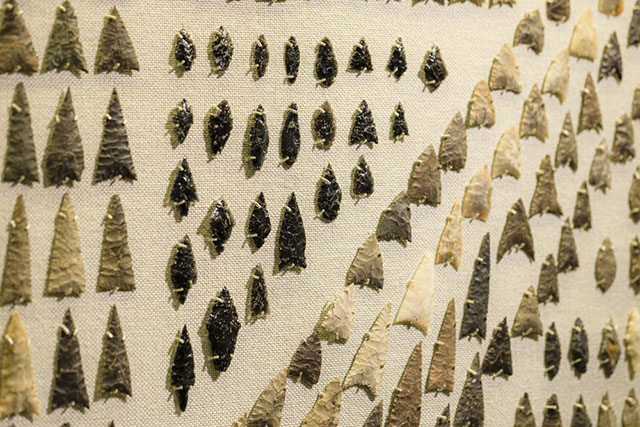
Stone arrowheads used for hunting animals and birds
The black shining arrowheads are made of obsidian mined in Hokkaido, and many are also found in Aomori prefecture across the sea. In addition, jade and asphalt that cannot be mined in Hokkaido were also found at the sites in and around Hakodate city, so it is believed that there was trade across the sea.
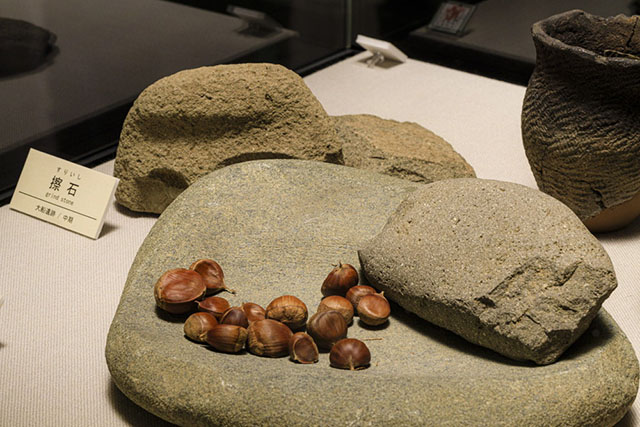
Stone plates and cooking tools excavated at the Ofune site
Hard nuts, such as chestnuts and walnuts, were crushed and milled with the tools.
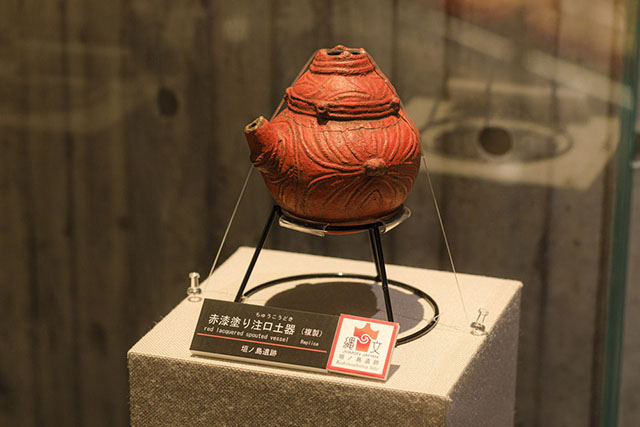
Lacquered spouted pottery excavated at the Kakinoshima site
It features a beautiful glossy red and a highly designed pattern.
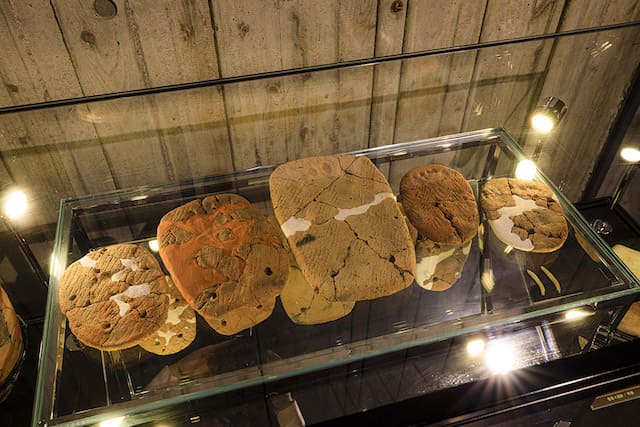
Clay tablets with children's feet impressions
It is believed that such tablets were hung in dwellings using a string, and buried with the child's parent when the parent died. The one in the photo is designated as an important cultural property of Japan.
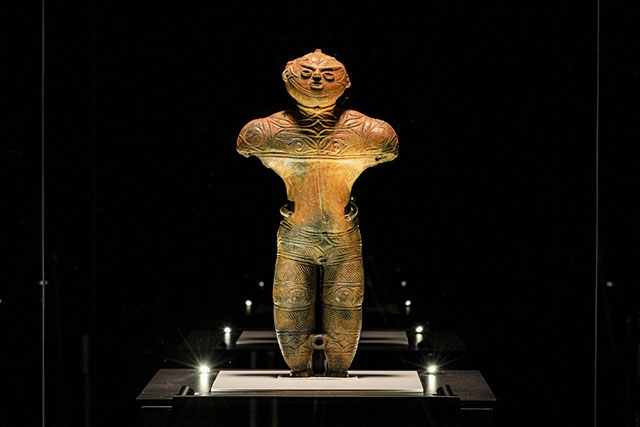
hollow clay figurine
This figurine is the only national treasure in Hokkaido. It is nicknamed "Kakuu" due to the name of the excavated town and its hollow structure.
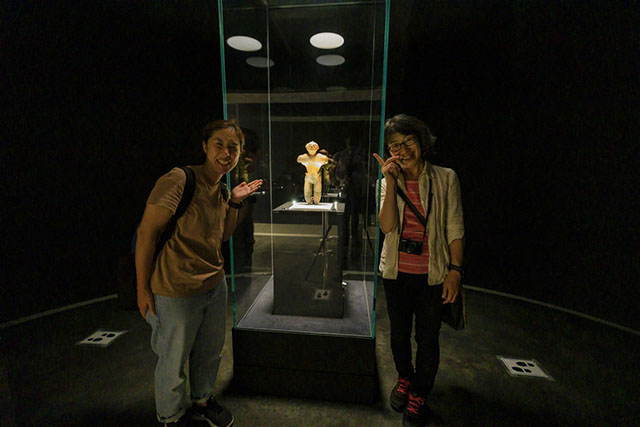
With a height of 41.5cm and a width of 20.1cm, “Kakku” is the largest hollow clay figurine excavated in Japan. The molding design is also superb. Illuminated by the spotlight, everyone is free to take a good look at it and take photographs of it through the glass.
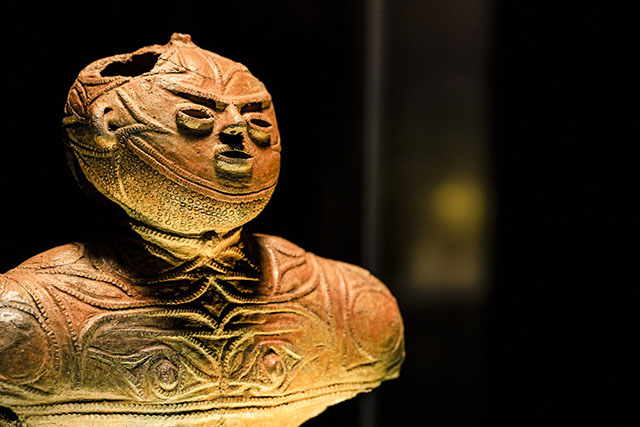
The whole body is decorated with a delicate geometric pattern. The gentle expression and beautiful body line make it look like a woman, but it also looks like a man due to the beard-like pattern on its chin.
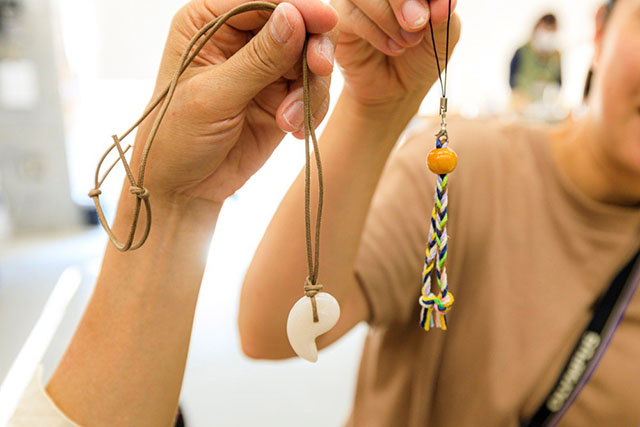
You can participate in "hands-on" making of Jomon things in the museum. These are a magatama (curved bead) necklace and a strap woven with colorful strings.
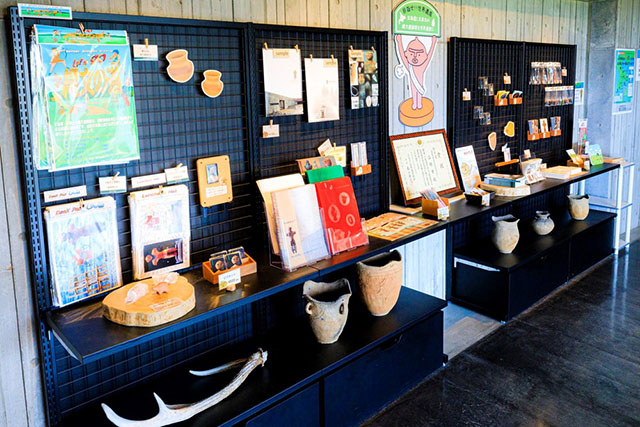
You can also purchase postcards, stationery and more.
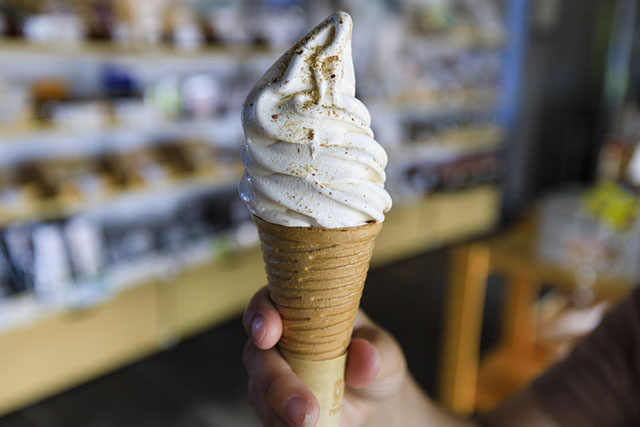
The museum is next to a roadside rest stop offering local souvenirs along with 24-hour toilets. Soft serve ice cream with walnuts, which have been eaten since the Jomon period, is popular.
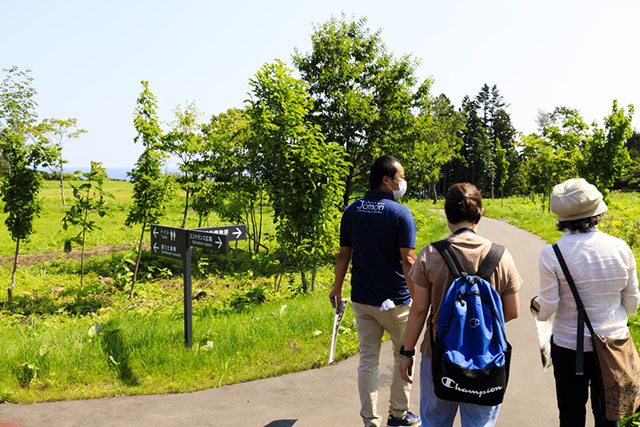
There are Jomon culture guides in Hakodate. You can contact the guide of your choice directly.
Artikel Berkaitan

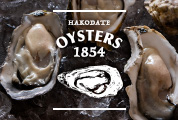
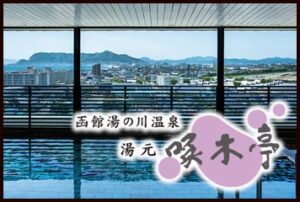
.jpg)
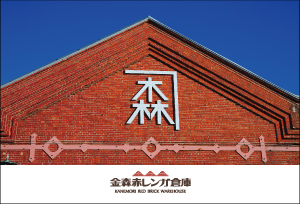
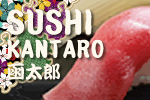
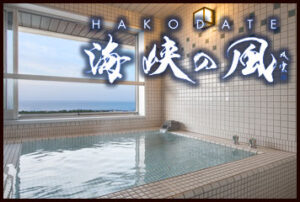


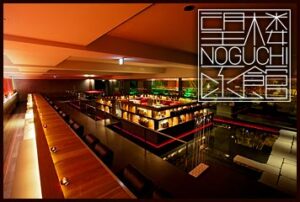
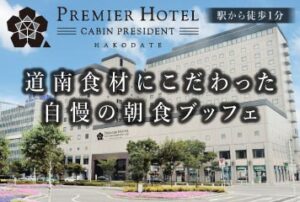
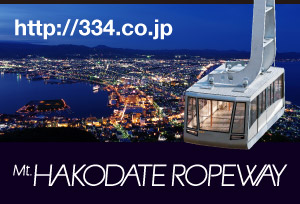
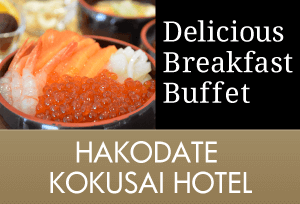
サトーエージェンシー TEL:0138-26-7277](https://www.hakodate.travel/my/wp-content/themes/hakodate-city-multi/assets/images/cmn/boshuyoukou-1.png)